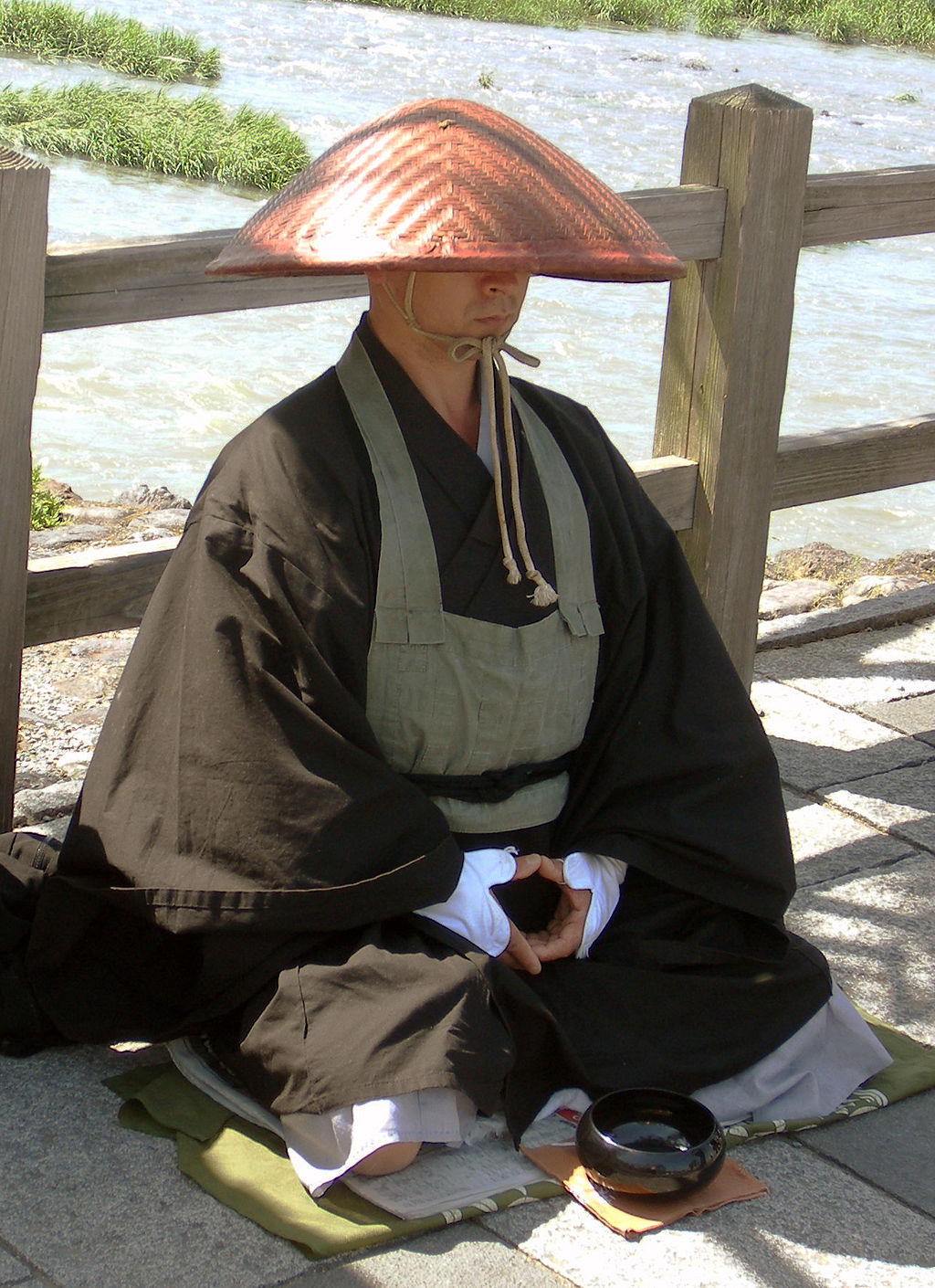Jun 17, 2020
How to Learn Zazen
People from around the world are becoming more interested in learning zazen — the Zen style of meditation — due to its benefits for mental and physical health. Practicing zazen regularly is ideal if you feel like you’re rushing through life, as it gives you the chance to slow down and reduce stress.
Practicing at Home
There’s nothing complex about zazen — although it’s by no means easy. A good place to start is to practice the main principles at home.
First, you need to find the right place. You need a quiet spot where nothing and no one will disturb you. The space should be neither dark nor bright, hot nor cold.
Next, you’ll need to prepare for practice. You should have enough energy, not be hungry, and refrain from drinking alcohol beforehand. Wash your face and feet to feel refreshed and dress in comfortable, loose clothing without socks. Ideally, you should sit on a zabuton and use a zafu, but any type of mat or cushion will suffice.
The correct posture for zazen is the full lotus position. If you’re unable to achieve this, the simplest option is the Burmese position, where you sit with your legs crossed and the tops of both feet on the floor. For a position in between the two, try the half-lotus position. However you sit, your hands are in cosmic mudra position, where the dominant hand holds your other hand and both palms face up.
Once you’re in position, keep your eyes slightly open, but avoid focusing on anything in particular. Take a deep breath with your mouth slightly open and breathe out from your abdomen to empty the lungs. Then, softly close your mouth and breathe normally through your nose. Throughout the meditation, focus on your breath. Allow thoughts to arise, let them go, and return your awareness to the breath.
Joining a Group Meditation
Once you’ve learned a bit of zazen at home, you should feel confident enough to join a group meditation at a temple or Zen Buddhist center. In addition to the guided meditation, these sessions teach you the basics of zazen and explain how to embody Zen practices in your everyday life.
Using Zen Gardens
The Zen gardens that surround the temples are specially designed to aid meditation. They are relaxing places where every feature has an intention and reflects nature. The ripples in the gravel and spirals in the sand symbolize water, whereas other elements represent trees and fire. Viewing the Zen garden of a temple can help calm your mind before meditation.
Taking a Retreat
For those who are serious about learning zazen, there are retreats. These range from intense, long-term stays where you live like a monk to overnight stays in a temple. All are excellent for improving introspection, discipline, and understanding of Japanese culture.
The best places to practice zazen are in Kyoto and Nara in Kansai as well as Kamakura just outside of Tokyo. These cities have a large number of Zen temples where you can reserve a class — even in English. After your lesson, explore the temple and gardens to complete the experience.
Marubatsu / Public domain


About the author